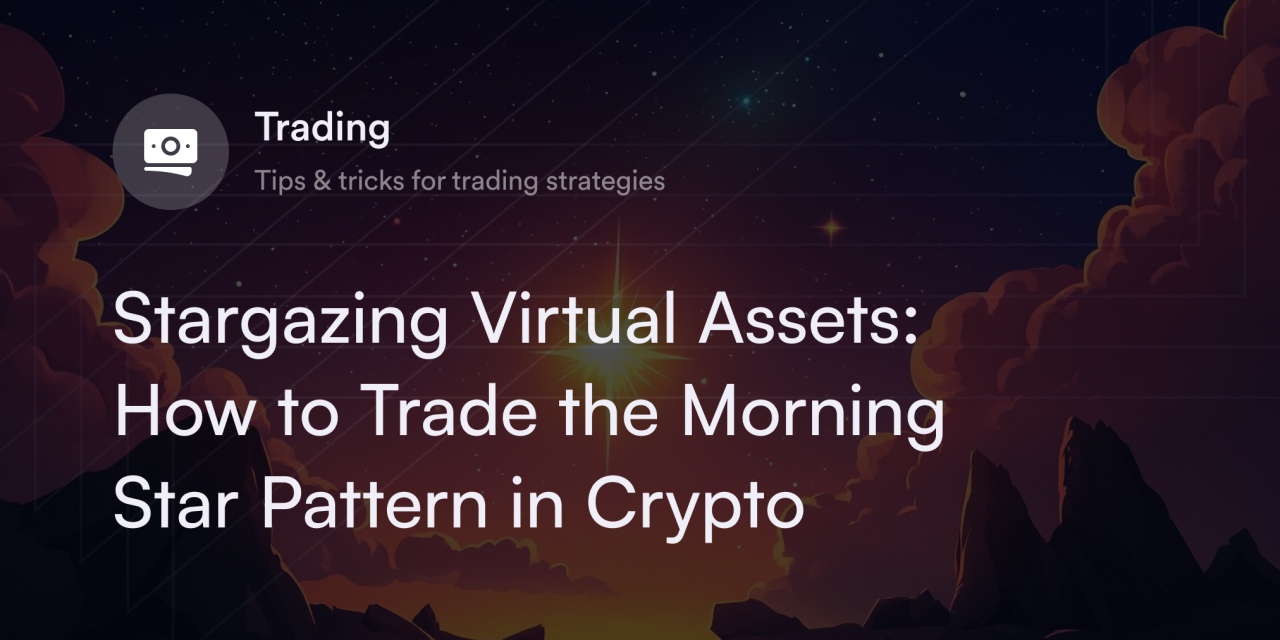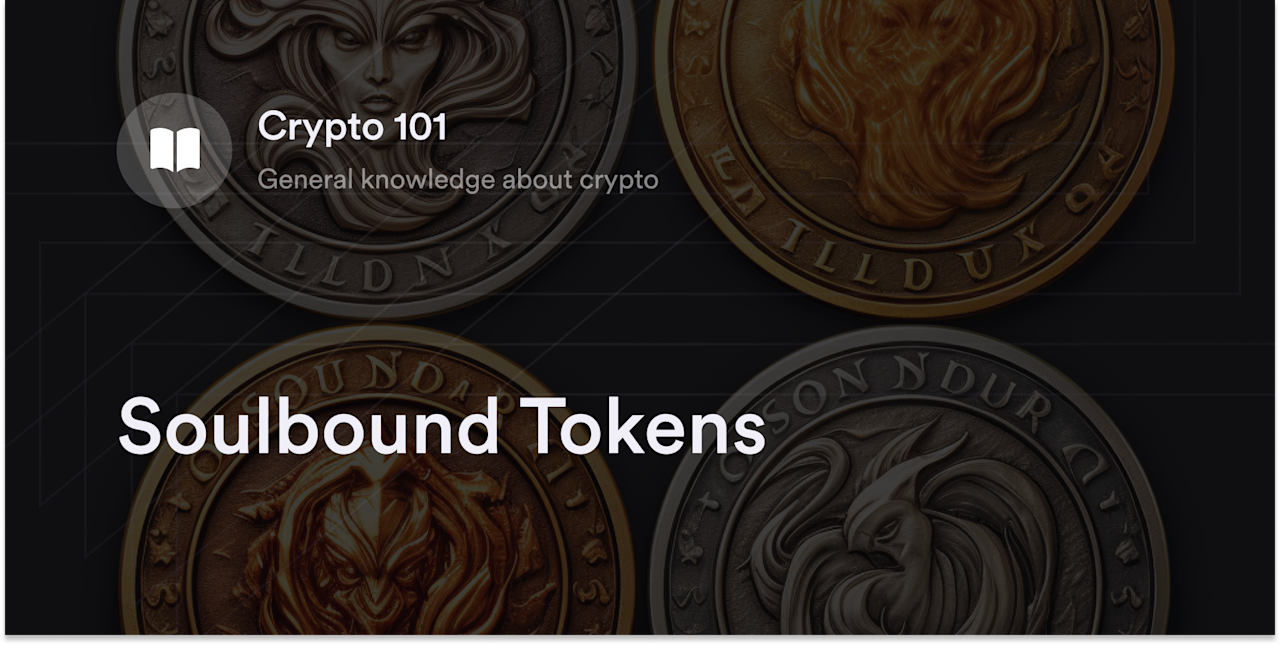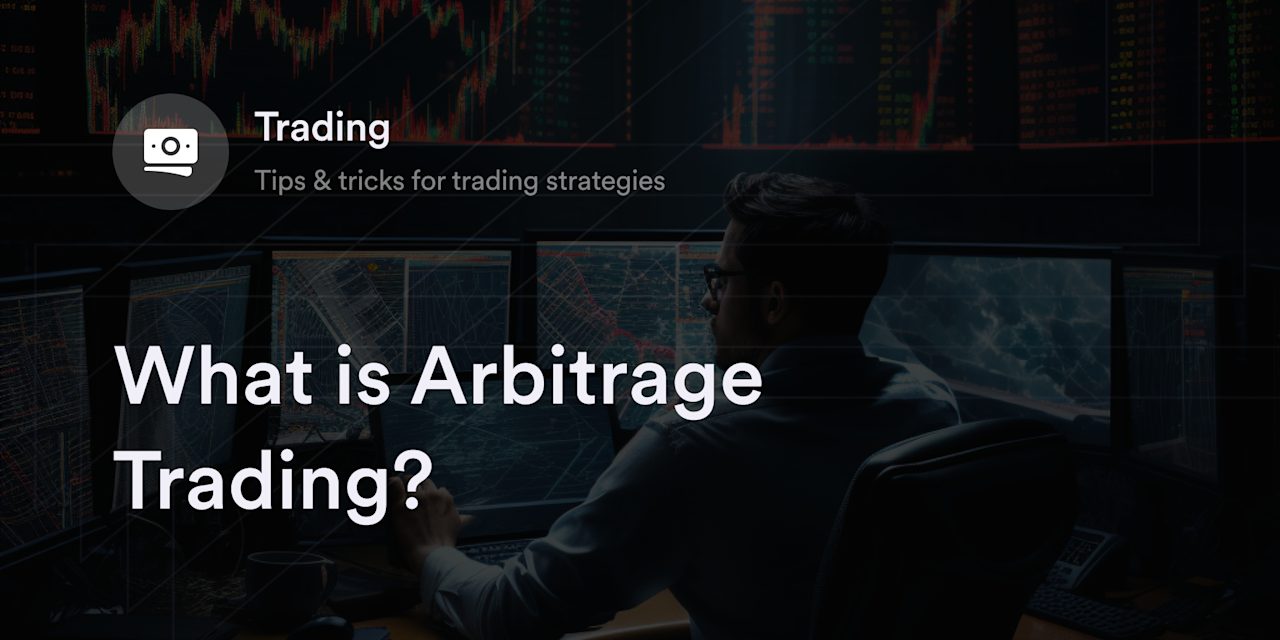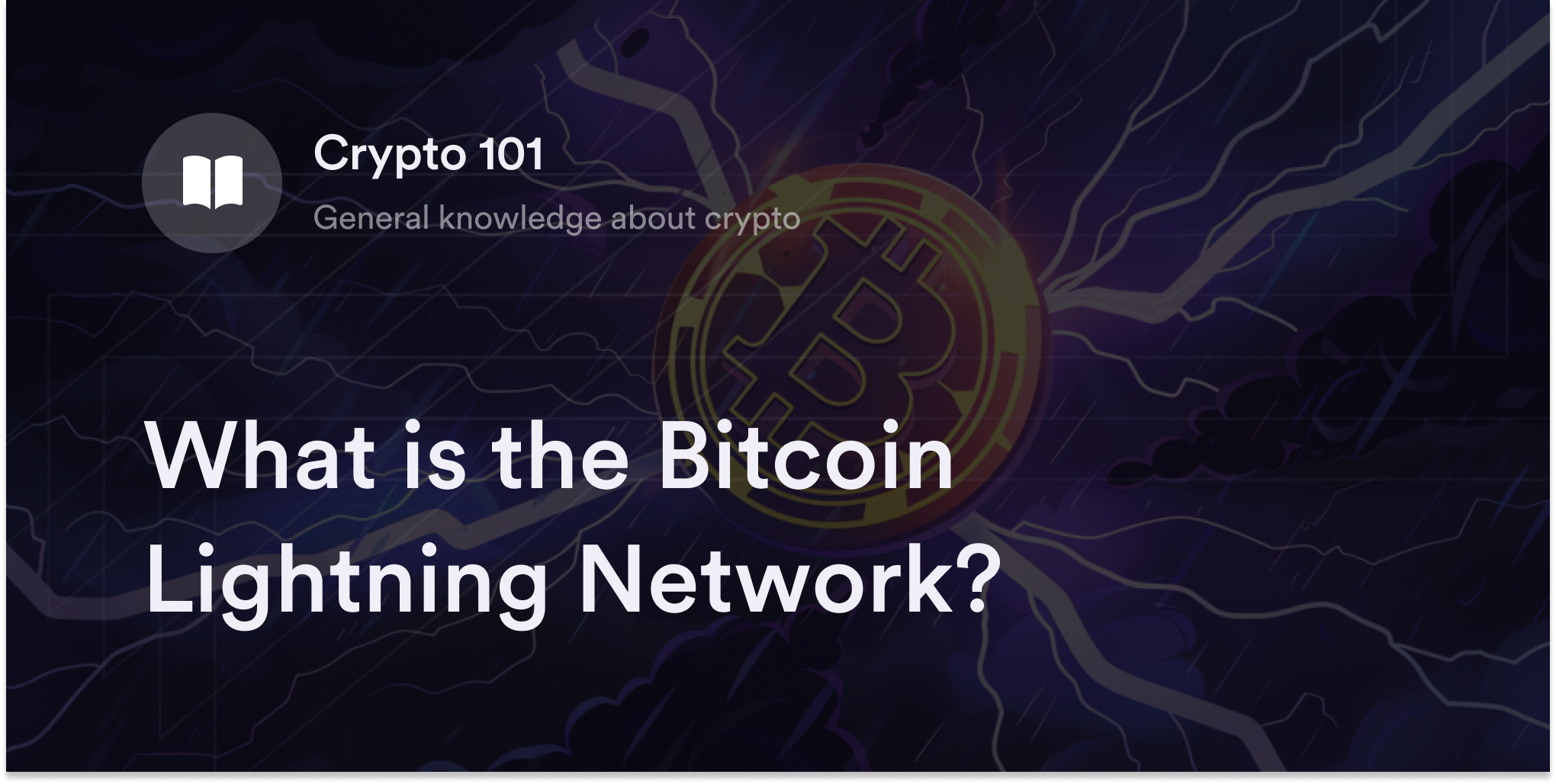


Just as the morning star in the sky announces the coming of the day, a morning star pattern in crypto charts might signal an upcoming upward trend (aka bull market). The distinctive three-candlestick morning star forms at the tail end of a downtrend to let savvy crypto traders know that an upward reversal may be in the cards.
In this guide, we’ll review the pattern’s basics, including what it means in crypto, how it works, and how to identify and trade it. We’ll also discuss the differences between morning and evening star patterns.
What is the morning star pattern in crypto?
A morning star is a visual pattern in technical analysis that signals traders that a trend may reverse from bearish to a bullish Understanding the morning star can help traders filter the signal from the noise in the volatile crypto market to catch imminent bullish reversals. The pattern involves three candlesticks:
First candlestick: It’s a tall and black (or red, depending on the trading interface) candlestick, indicating a significant dip over the period captured by the candle.
Second candlestick: The right side of the trio is a tall white (or green) candle, showing a sizable price increase.
Third candlestick: Sandwiched between the two tall candles is a short morning star candle at or near a new lower low. It can be bullish or bearish and may be a doji candle with nearly equal open and close levels and long wicks. Once crypto traders identify a morning star’s basic shape, they can use additional indicators to confirm the reversal.
There are five fundamental components of a successful morning star pattern:
Prior downtrend: An existing downtrend is just as important an aspect of the morning star candlestick pattern as the corresponding uptrend. A reversal can’t take place unless there’s something to reverse.
Heavy sell pressure: Strong selling pressure continuing the downtrend will form a tall bearish candle.
Indecision: Short candles can signal an inflection point of indecision. When a small candle forms—potentially a doji candle—directly after a tall bearish candle and into a lower low, it’s time to start paying attention. While the first two candles alone are incomplete, the next candle completes the pattern and suggests the beginning of a bullish reversal.
Heavy buy pressure: The pattern activates when the third candle is tall and bullish. Heavy buy pressure after a moment of indecision means a reversal may be underway. Increasing volume into the third and final candle strongly indicates the reversal is valid and less likely to fail.
Confirmed uptrend: When a reversal is successful, crypto traders ride the higher highs and higher lows typical of an established uptrend.
What does a morning star tell traders?
Crypto technical analysts view the morning star as an indicator that a bearish trend is about to become bullish. All three candlesticks—tall, short, tall—must be present to confirm the pattern. The middle candlestick represents a period of uncertainty in the market, which is why it can be bullish or bearish, while the third candle confirms the reversal.
Because crypto prices move fast and frequently, learning to spot and trade reliable patterns like the morning star is an effective way for crypto traders to tame the complexity and gain an actionable understanding of a digital asset’s likely price trajectory.
How to trade the morning star candlestick pattern
The basic strategy for trading the morning star pattern is uncomplicated: Confirm the uptrend by identifying the pattern, then open a long position at a subsequent candle. Good places for price targets include previous resistance points and consolidation areas. Traders can place stop-loss orders near the middle candlestick’s trough since a breakdown below this point would invalidate the reversal.
Some crypto traders prefer to maximize upside potential by entering a position at the first candlestick after the morning star. In contrast, others prefer to wait for further confirmation using technical indicators. A popular approach is to use the relative strength indicator (RSI) to help confirm the trend. An RSI below 30 for the middle candlestick provides additional evidence that the asset is oversold and that the third candlestick marks the beginning of a bullish trend.
Examining Bollinger Bands is another way to strengthen the uptrend’s confirmation in morning star trading. When the middle candle falls below the lower Bollinger Band, it translates to abnormally high volatility, bolstering the probability that the center candle represents a point of indecision that will explode into a bull run. Increasing volume throughout the morning star’s formation is also a good sign of a reversal, even without other validating indicators.
Morning star pattern versus evening star pattern: Key differences
Both morning star and evening star patterns are candlestick patterns used in technical analysis to predict market reversals.
While the morning star pattern is a bullish reversal indicator at the bottom of a downtrend, signaling a potential shift from bearish to bullish sentiment, the evening star pattern is its bearish counterpart, occurring at the top of an uptrend and suggesting a transition from bullish to bearish momentum.
Visually, the evening star is like an upside-down morning star: a tall bullish candle and a tall bearish candle flanking a short bullish or bearish candle with long wicks near a higher high. It heralds a bull market’s reversal—from day into night.
The same analysis and trading guidelines apply to evening stars as to morning stars, but in reverse.
Scan the crypto skies with dYdX
The morning star lights the way as prices wake up from their hibernation in the bearish night to burst into a bullish morning. With its characteristics, easily spotted shape, and straightforward trading strategy, the morning star pattern is a powerful part of any technical crypto trader’s repertoire, whether novice or seasoned.
dYdX’s decentralized exchange is a great place for eligible traders to start with low fees, deep liquidity, and up to 20x buying power. Find more about our platform on our official blog. Also, check out dYdX Academy, our in-house resource library, to explore key topics in the crypto space.
Start trading on dYdX today.
Disclosures
The content of this article (the “Article”) is provided for general informational purposes only. Reference to any specific strategy, technique, product, service, or entity does not constitute an endorsement or recommendation by dYdX Trading Inc., or any affiliate, agent, or representative thereof (“dYdX”). Use of strategies, techniques, products or services referenced in this Article may involve material risks, including the risk of financial losses arising from the volatility, operational loss, or nonconsensual liquidation of digital assets. The content of this Article does not constitute, and should not be considered, construed, or relied upon as, financial advice, legal advice, tax advice, investment advice, or advice of any other nature; and the content of this Article is not an offer, solicitation or call to action to make any investment, or purchase any crypto asset, of any kind. dYdX makes no representation, assurance or guarantee as to the accuracy, completeness, timeliness, suitability, or validity of any information in this Article or any third-party website that may be linked to it. You are solely responsible for conducting independent research, performing due diligence, and/or seeking advice from a professional advisor prior to taking any financial, tax, legal, or investment action.
You may only use the dYdX Services in compliance with the dYdX Terms of Use available here, including the geographic restrictions therein.
Any applicable sponsorship in connection with this Article will be disclosed, and any reference to a sponsor in this Article is for disclosure purposes, or informational in nature, and in any event is not a call to action to make an investment, acquire a service or product, or purchase crypto assets. This Article does not offer the purchase or sale of any financial instruments or related services.
By accessing this Article and taking any action in connection with the information contained in this Article, you agree that dYdX is not responsible, directly or indirectly, for any errors, omissions, or delays related to this Article, or any damage, injury, or loss incurred in connection with use of or reliance on the content of this Article, including any specific strategy, technique, product, service, or entity that may be referenced in the Article.







